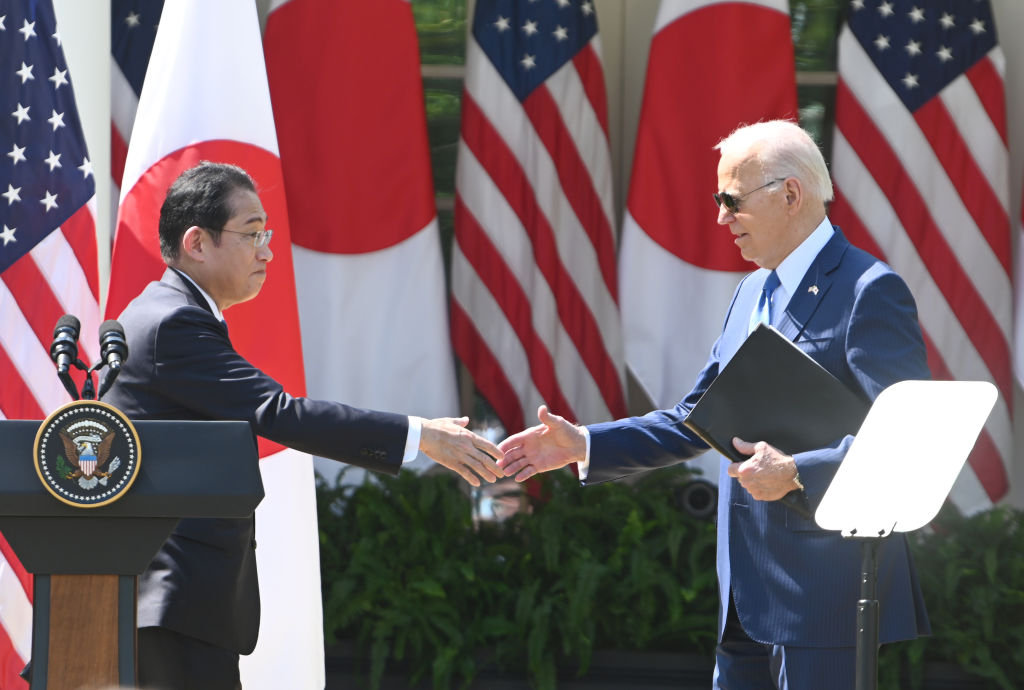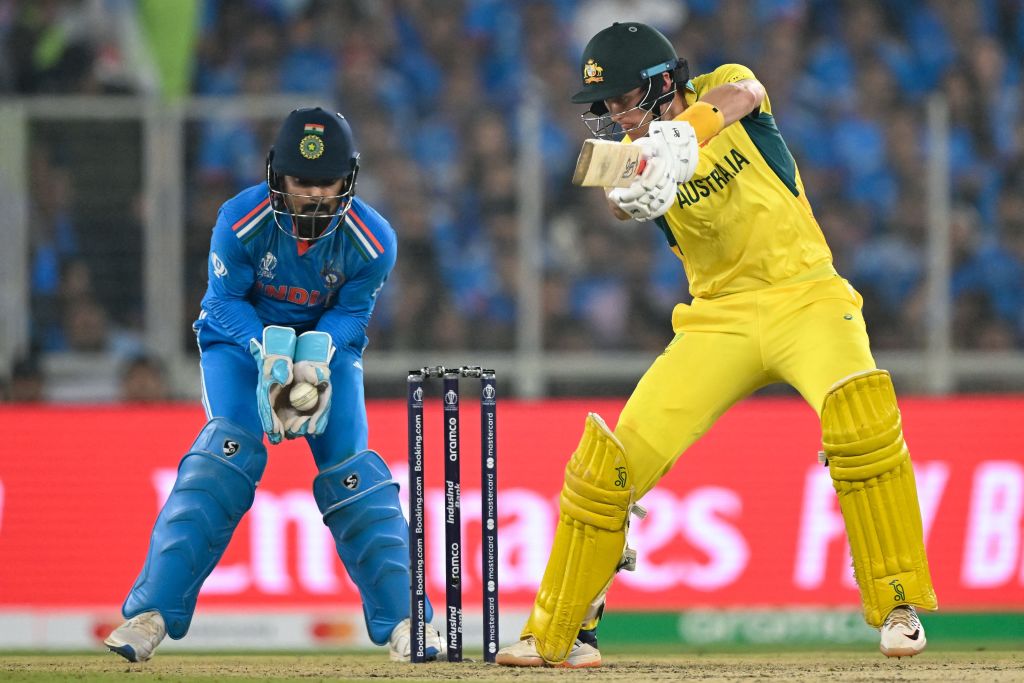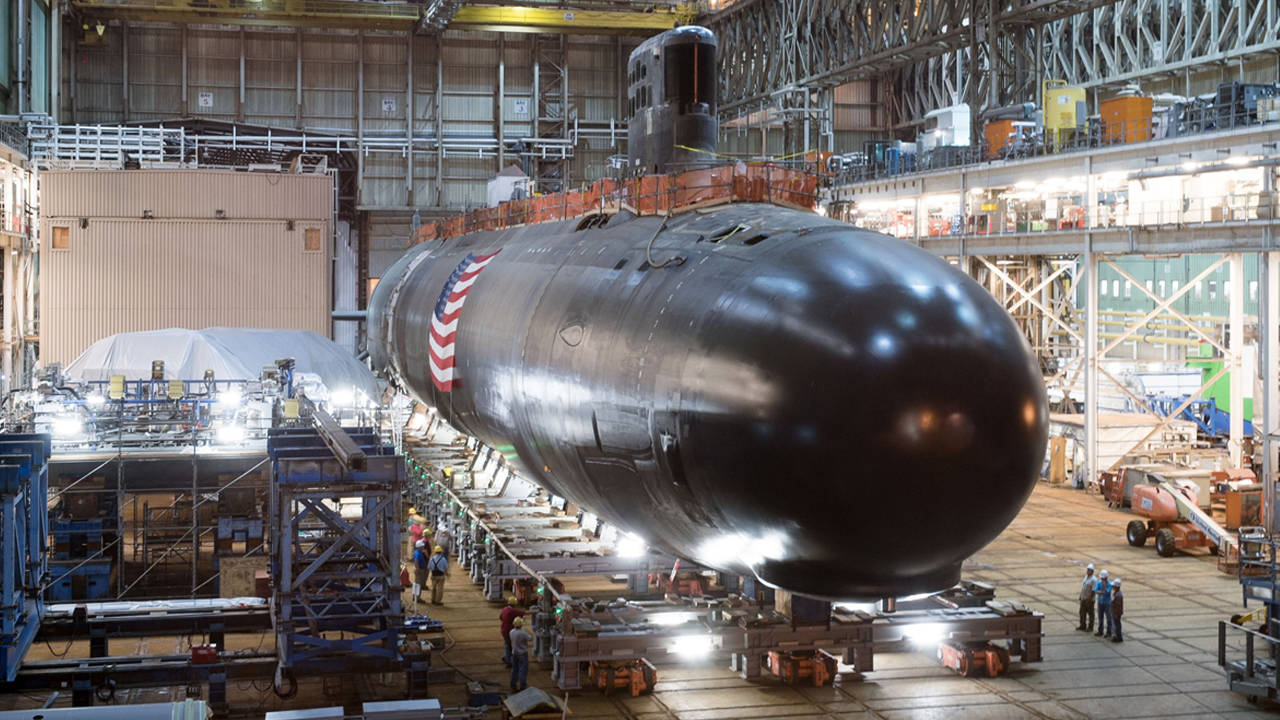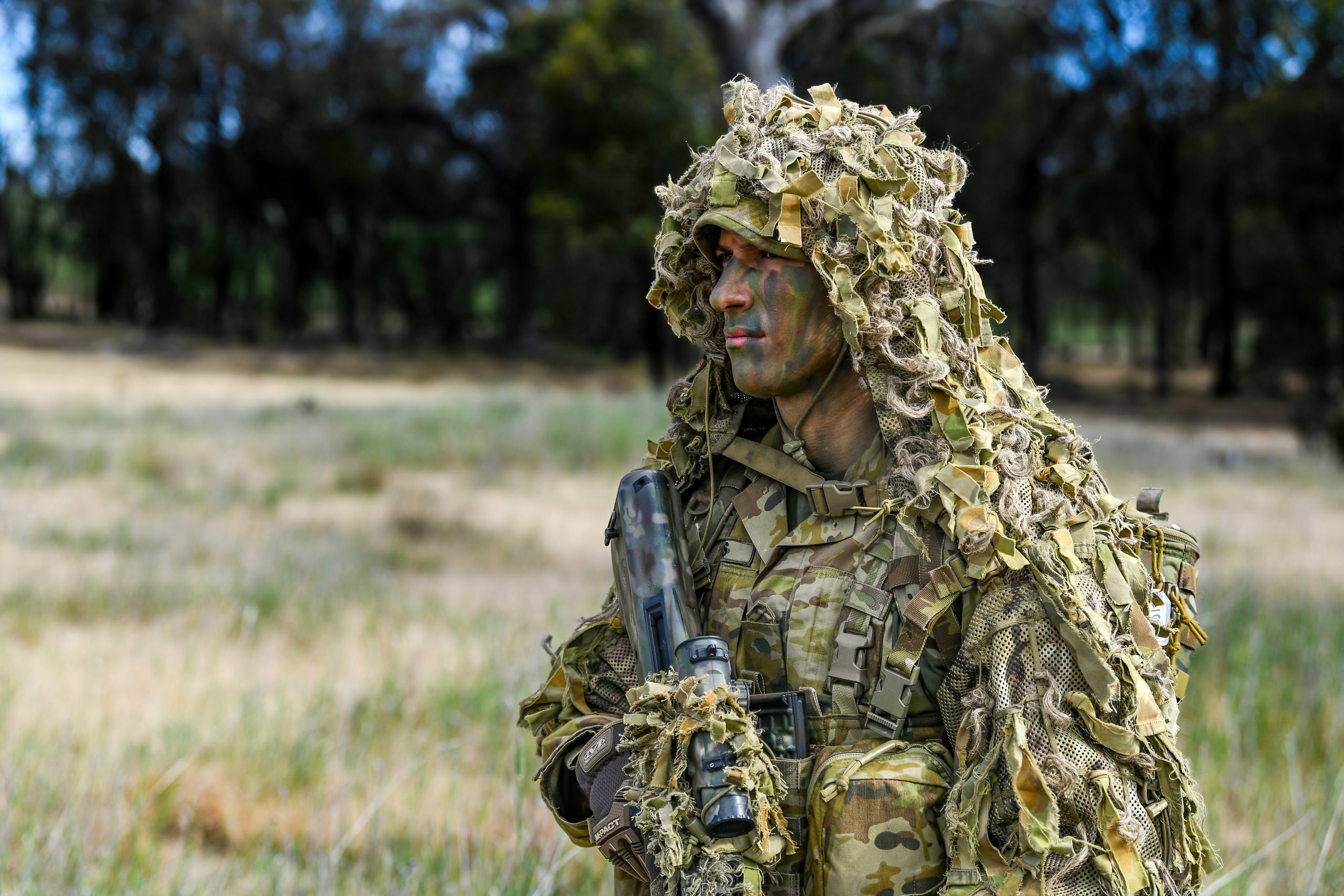Australia can lead in clean-energy waste management

As the world transitions to clean energy technology, managing the hazardous waste that it produces becomes an urgent issue. Australia is well positioned to take the lead in this field and create a vertically integrated supply chain for critical-minerals and hazardous-waste management. It can do so by building on its excellent import-export infrastructure and expertise in natural resource extraction and handling.
Ensuring the safe disposal of hazardous waste is essential in a resilient and reliable green industry. The value chains for every currently viable green technology produce materials that are hazardous to the natural environment, and recycling cannot eliminate them entirely.
Thanks to a dry climate, low seismic activity, and sparsely populated areas, Australia is well positioned to build an industrial capacity in clean energy waste management and manage waste produced domestically as well as that of strategic partners. For example, Tellus’s operational Sandy Ridge repository in Western Australia handles, and their future Chandler repository in Northern Territory will handle, waste produced around the country and can even take certain waste from nuclear submarine operations. By working with the traditional owners of the land, such facilities can also give an economic boost to the area, thereby building the community support needed to continue developing domestic green industries.
The investments required to facilitate a clean energy industry have already been made. The Australian government committed $840 million to the Arafura Resources project, which will create the nation’s first combined mine and refinery for minerals. At the sub-national level, the Middle Arm Sustainable Development Precinct in the Northern Territory added depth to the industrial base and infrastructure. The combination of such efforts has created an ecosystem for not only exporting clean materials but operating a world-leading hazardous waste management industry.
It is imperative that consumers understand that the premium paid on green minerals ensures that the industry is sustainable. The safeguards not only include labour standards but prevent disastrous ecological damage during production associated with the cheaper products.
Australian critical- minerals producers already face difficulty in competing on price. Through vertical control of supply chains, Chinese firms can manipulate the price of lithium and other critical minerals, grossly distorting market forces and undermining the viability of non-Chinese firms. While there was a market correction in the price of nickel in 2022, the development of the Indonesian nickel mining and processing industry, supported by Chinese investment, has led to ever increasing product surpluses. This prompted Australian private nickel producer Wyloo Metals to announce a temporary shutdown of its mines, while mining company BHP’s Nickel West operations at Kambalda are under review.
Legislation such as the US Inflation Reduction Act may provide some relief. The law includes guardrails that favour US strategic partners in development of critical minerals supply chains. Financial incentives and mandates to use clean materials support allied manufacturers and prevent China from dominating industries that are vital to US national security. As a strategic partner, Australia is well positioned to capitalise on this.
In an attempt to improve transparency about the true costs of critical mineral production, Australia and the United States called on the London Metals Exchange to differentiate between ‘clean’ nickel produced by countries with high environmental, social and governance standards and ‘dirty’ nickel produced at high cost to the environment. The exchange rejected the proposal, however, citing challenges in liquidity of trading.
An alternative way to increase consumer awareness would be to introduce ethical production labels similar to battery passports and build up support through such initiatives as Buy Australian. Coordination among strategic partners is essential to sending strong demand signals and promoting price stability during market distortions. Without this, the risk of closing more mines and processing plants will only increase.
Australia can and should play a leadership role in clean energy waste management and in lifting environmental standards throughout the Indo-Pacific. As the global race for critical minerals intensifies, it’s easy to overlook environmental costs when supply chains don’t have real solutions to the problem of toxic or radioactive waste. But in the long term, such projects will lose public support and jeopardise an industry that is vital to the green transition and national security. Australia must prioritise holistic approaches to green technology or risk ceding its position as a global leader in the mining industry and becoming entirely reliant on China for materials.









